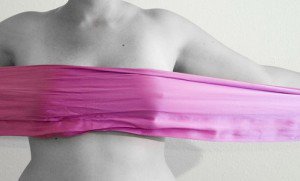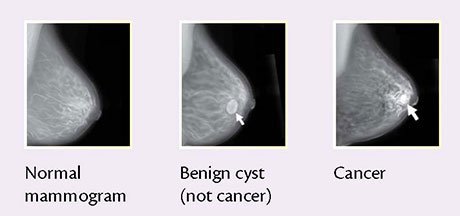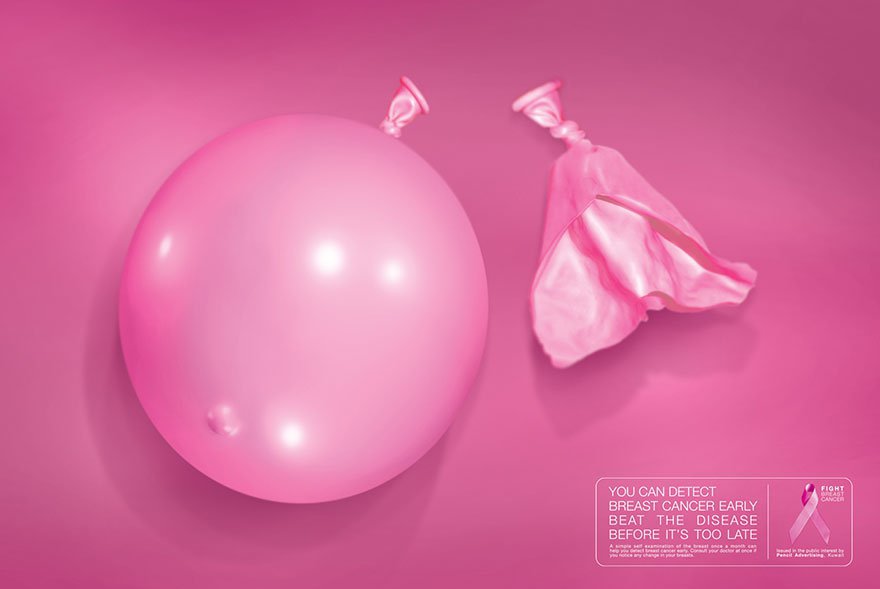She was wearing pink to ‘support breast cancer awareness.’ I went up to her and asked her if she or someone she knew had got a mammogram done. “What gram?” she asked me.
And that’s why breast cancer awareness is important in our country, I thought to myself. Despite being the most common type of cancer in India (every second case of breast cancer proves fatal), some women are more likely to know about Instagram rather than something as crucial as mammogram. Clearly, a lot of women are still clueless about the condition, its symptoms and precautions.
October – the Breast Cancer Awareness month – is here and before we forget about the disease for another year, here are things you should be aware of. Remember, precaution is better than cure.
Let’s start with the basics

Breast cancer is the development of cancer in breast tissues. Common signs include developing lumps in the breast, change in shape of the breast, discharge of fluid from nipples or red scaly patches of skin.
Getting a Mammogram

A mammogram is an X-ray of the breasts. Screening mammograms are used to check for breast cancer in women who have no symptoms of the disease, while diagnostic mammograms are used for those with symptoms of the disease.
Women between 30-50 at higher risk
So you thought you are too young to get breast cancer? Think again. The most common age group for developing this type of cancer has gone down steeply from 50-70 years to 30-50 years. But the good news is that most breast cancers can be detected by self-examination and if detected early, can save many lives.
What is self examination?
Reports say that about 40% of women discover a lump in their breasts at some point in their lives. A lump might or might not be cancerous depending on what immediate action people take after discovering it.
Self examination is perhaps the only way to detect breast cancer. Therefore, any abnormalities must be reported to the doctor immediately.
Your five-step guide
So you want to do a self examination but have no clue how to do it? Here, read on. It’s simple and doesn’t take much time.

Step 1: Begin by looking at your breasts in the mirror with your shoulders straight and your arms on your hips. Here’s what you should look for:
- Breasts that are their usual size, shape, and colour.
- Breasts that are evenly shaped without visible distortion or swelling.
- If you see dimpling, puckering, or bulging of the skin, bring them to your doctor’s attention.
- A nipple that has changed position or an inverted nipple (pushed inward instead of sticking out)
- Redness, soreness, rash, or swelling
Step 2: Now, raise your arms and look for the same changes.
Step 3: While you’re at the mirror, look for any signs of fluid coming out of one or both nipples (this could be a watery, milky, yellow or blood).

Step 4: Next, feel your breasts while lying down, using your right hand to feel your left breast and then vice versa. Use a firm, smooth touch with the first few finger pads of your hand, keeping the fingers flat and together. Use a circular motion, about the size of a coin.
Cover the entire breast from top to bottom, side to side — from your collarbone to the top of your abdomen, and from your armpit to your cleavage. Step 5: Finally, feel your breasts while you are standing or sitting. Many women find that the easiest way to feel their breasts is when their skin is wet and slippery, so they like to do this step in the shower. Cover your entire breast, using the same hand movements described in step 4.
Risk factors

Remember precaution is better than cure. Keep your eyes and ears open and be extra cautious if you have experienced any of the following:
- Delay in childbirth.
- Increasing obesity
- Breastfeeding kids for only two months or less, or no breastfeeding at all.
- Early menses and late menopause.
- Inherited genetic mutations for breast cancer.
- Two or more first-degree relatives (mother, sister, daughter, father or brother) diagnosed with breast cancer at an early age.
- Have had no biological children or had your first child after 30.
- If you drink more than one alcoholic beverage per day.

















